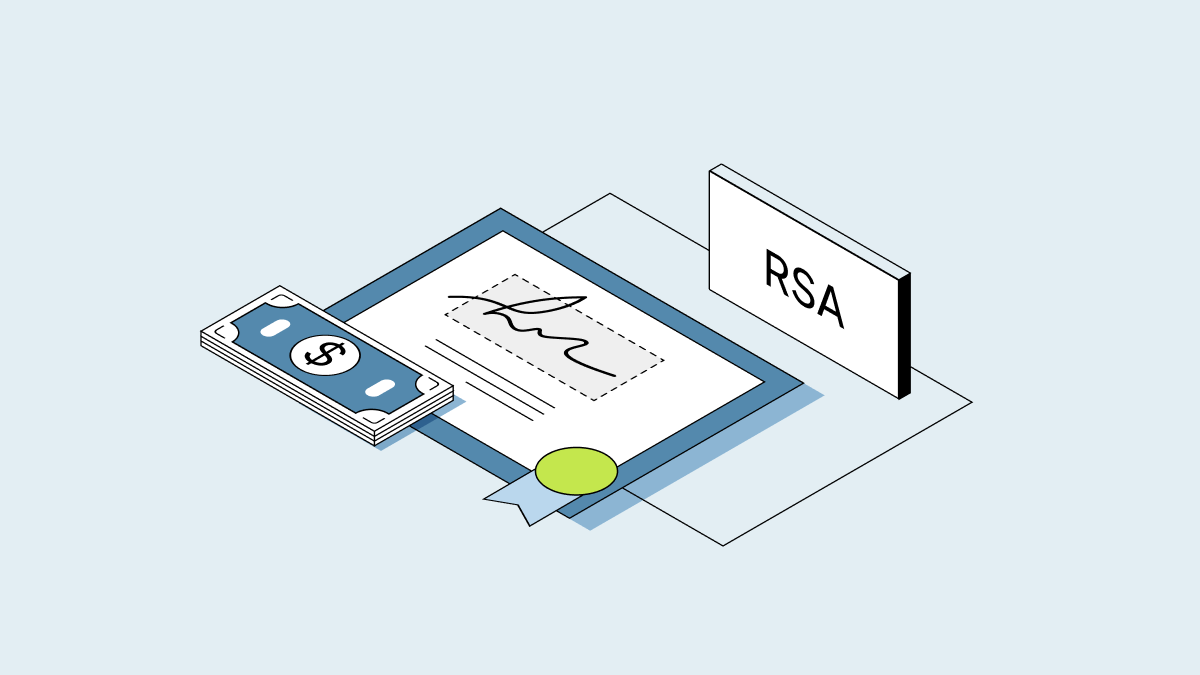Issuing equity is a way for startups to attract sought-after employees, consultants, and advisors. But when you’re building a growing business with limited resources, you may not be ready to register your company with the Securities and Exchange Commission (SEC), also known as “going public.” Rule 701 allows private companies to issue equity to service providers up to a certain amount before requiring certain disclosures.
Note: While Carta offers tools that your company can use to maintain compliance with Rule 701 as it grows, we strongly recommend seeking advice from lawyers and accountants to ensure you’re using any calculation tools correctly.
What is Rule 701?
Rule 701 is a federal exemption under the Securities Act of 1933 that allows private companies to issue securities to employees and other service providers. This is especially useful when not all of your employees or service providers are accredited investors eligible for other securities exemptions like Regulation D. Public companies are not eligible for the exemption.
How does Rule 701 work?
The maximum amount of securities that can be issued in a 12-month period using the Rule 701 exemption is the greatest of:
-
An aggregate offering price of $1,000,000
-
Fifteen percent (15%) of the outstanding shares of that class
-
Fifteen percent (15%) of the value of your company’s total assets
If you issue more than $10 million in securities in a 12-month period, you may have to comply with additional disclosure requirements, described below.
Rule 701 disclosure requirements
If your company wants to sell or issue more than $10 million in securities within a 12-month period, you must provide additional financial and investment risk disclosures to recipients (prospective purchasers). This includes employees and other service providers who will be receiving equity in your company. They must be given the chance to review the disclosures before the purchase decision (or acceptance of an equity award) is made.
→ Learn more about Carta’s 701 disclosure feature
The 12-month period
Once your company chooses to use one method to calculate the 12-month window in which securities are issued, it’s required to stick with it to issue securities going forward. The 12-month period can be defined in two ways:
-
A rolling 12-month basis
-
A fixed basis from a certain date chosen by the company
Most companies align the 12-month period to their fiscal year. However, if your company is issuing a lot of securities at a certain time of year (perhaps related to bonus structures or cohort hiring), it may make sense to structure the 12 months so the date of sale for a large batch of securities is split across two periods.
Your outside legal counsel can give you advice about the best way to structure your grants and time period calculations. If your company is close to the $10M threshold, it’s important to plan equity issuance carefully to comply with any additional disclosure requirements.
Benefits and limitations of Rule 701
The Rule 701 exemption provides companies with several benefits, including:
-
The ability to provide equity compensation (including stock options, restricted stock awards (RSA), restricted stock units (RSU) and other equity awards) to their employees and service providers who may not qualify for other securities exemptions
-
The flexibility to design compensation plans
The exemption has some limitations and risk factors, including:
-
Restrictions on the amount of securities that can be issued
-
Compliance requirements with state securities laws
-
Securities issued under Rule 701 are “restricted” meaning they cannot be traded without SEC registration, which usually does not occur until a company becomes publicly traded on a national exchange through an initial public offering (IPO), direct listing or de-SPAC transaction
Rule 701 amendments
The Economic Growth, Regulatory Relief, and Consumer Protection Act of 2018 mandated that the SEC revise Rule 701(e) to increase the threshold from $5M to $10M on the aggregate sales price (amount of securities sold) during a consecutive 12-month period. Since then, private companies have been able to issue up to $10M of securities to employees without extensive disclosures, saving valuable time and money.



